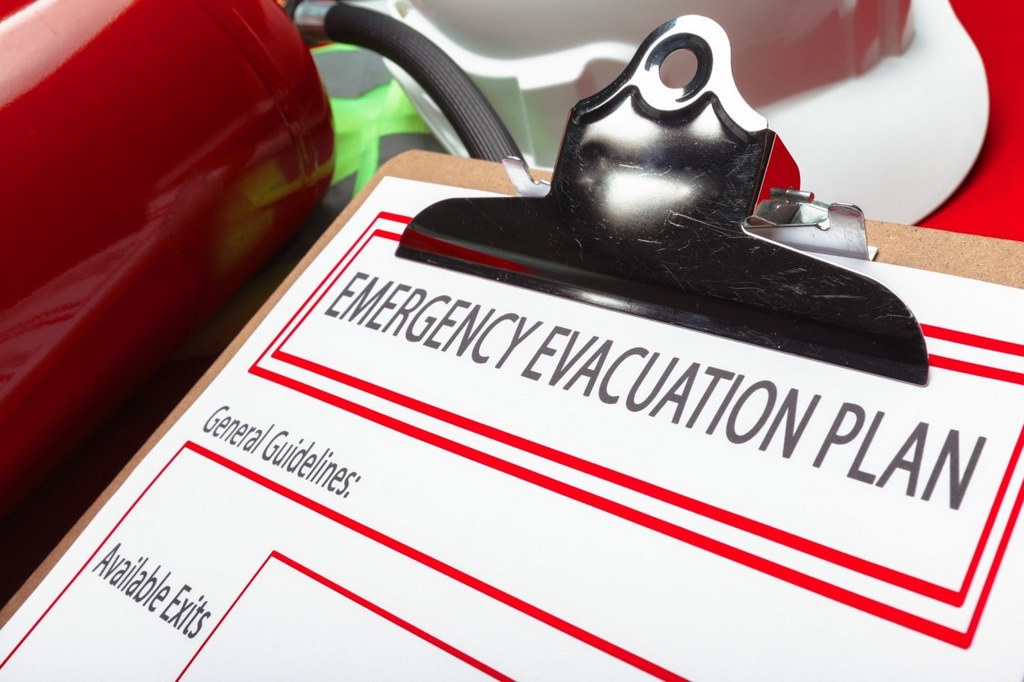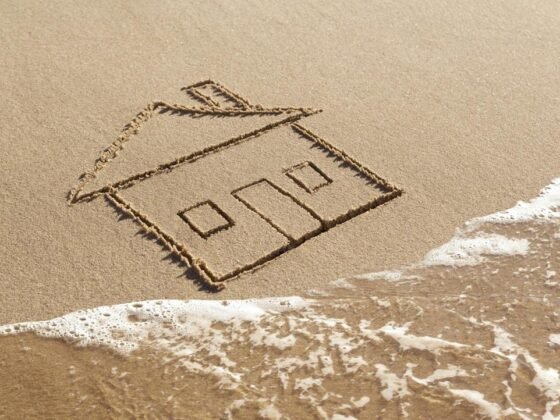Table of Contents Show
Disaster can strike at any moment. It’s best to be prepared for any situation that might arise. Do you have a survival plan in place in case of an emergency?
If you’re not ready, keep reading for tips on how to create a safety plan for you and your family.

1. Make a Supply Kit
One of the first things you should do to prepare for a disaster is to put together a supply kit and have it in an easy-to-reach location. This is so you can easily grab it if you need to evacuate quickly.
Your kit should be compact and fit in one or two bags that can be carried easily. Pack enough supplies that will last you and your family for at least 72 hours.
Once a year you should evaluate the items that are in your kit. Throw out any items that have expired and then replace them with up-to-date supplies. This is also a great time to update anything in the kit that isn’t necessary anymore or add additional things depending on how your family’s needs have changed.
If you aren’t sure where to start when packing your kit, you can review the emergency supply list from the Department of Homeland Security.
2. Consider Your Family’s Unique Needs
When creating your safety plan you must take into consideration where you live and the unique needs of each of your family members. Each location will have its own type of natural disasters that occur in your area so you will need to be ready to deal with these situations.
You might live in an area prone to hurricanes, earthquakes, tornadoes, or wildfires.
This means you should be aware of where your local shelters are, evacuation routes, annual fire safety statements, or where the flood zones are when putting your plan together.
You might need special accommodations for family members who have special needs, disabilities, small children, or are senior citizens. Make sure to have any prescription medicine that is needed and be prepared for any special dietary needs.
3. Be Prepared for your Pets
When making an evacuation plan also keep in mind the special accommodations you might need for any pets you own. Having a list of places that accept pets on your evacuation route will keep your stress level under control when trying to find somewhere to stay.
When creating your supply kit for your family you should also create one for your pets. Make sure you have extra water, their pet carrier, food, and cat litter for your cats prepared. Their kit should also be reviewed when you review the family kit to update or remove any expired items.
If your pet doesn’t travel well you should discuss with your veterinarian options about sedatives to make the trip easier for your pet and for you. If your veterinarian issues any medicines for your pets, this should also be placed in the emergency supply kit.
4. Keep Connected
Before a disaster strikes it is a good time to create a communication plan for the family. This is a great way to make sure the entire family knows how to get in touch with each other since this can become complicated after the fact.
When creating your survival plan make sure everyone in the family has each other’s cell phone numbers programmed in their phone and written down in the emergency kit on a contact card.
You should also include numbers for the local hospital, police station, and the contact information of a friend or family member who doesn’t live in the immediate area.
If there is a local emergency it might be easier to contact someone who is out of the area that the emergency is taking place. You can also tell the rest of your local family that this person is your point of contact for letting everyone know that they are safe.
You can also contact the American Red Cross to let them know you are safe and other loved ones can check this registry to see that you are okay.
5. Practice the Plan
Creating a plan is the first step to being prepared but it isn’t enough just to have an idea of what you are planning on doing. When things are chaotic you will have a hard time thinking straight so the best thing you can do is write your plan down.
Make sure to write in detail the instructions you will follow depending on the disaster situation. For instance, how you may react to a fire will be different than how you would react to flooding.
Once you have the details for your plans in place it is a good idea to practice the instructions to make sure they work well. Practice evacuating by grabbing your supply kit and following the evacuation route you have mapped out. This will help you be familiar with the plan should a disaster happen and you need to follow through with it.
6. Know Your Insurance
Before a disaster happens you should review your home and car insurance to make sure you are covered for any risks you might have in your area. Most standard home insurance policies don’t cover earthquakes or flooding, so you will want to add that coverage before it is too late. Consider exploring an alternative to Nations Benefits numerous trusted supplemental health insurers can protect you and your family from unexpected medical costs.
You should also familiarize yourself with how to file a claim. Your insurance company will likely have this capability on their website but you should also have your insurance agent’s phone number saved in your contacts list as well.
When it comes to safeguarding your health and life during your college years, don’t rely only on your school’s administration. Campus security may not be able to be everywhere; the health center may be a long walk away, and you could be one of the first people to hear about something going wrong. You can save yourself by taking some precautions, you can buy a student emergency kit here!
Learn More About Creating a Family Survival Plan Today!
Nobody can know when a disaster might strike their area. The best thing you can do is create a family survival plan so you are ready no matter when the time comes. Do you have a plan in place yet?
For more home and lifestyle tips be sure to visit our website daily!









